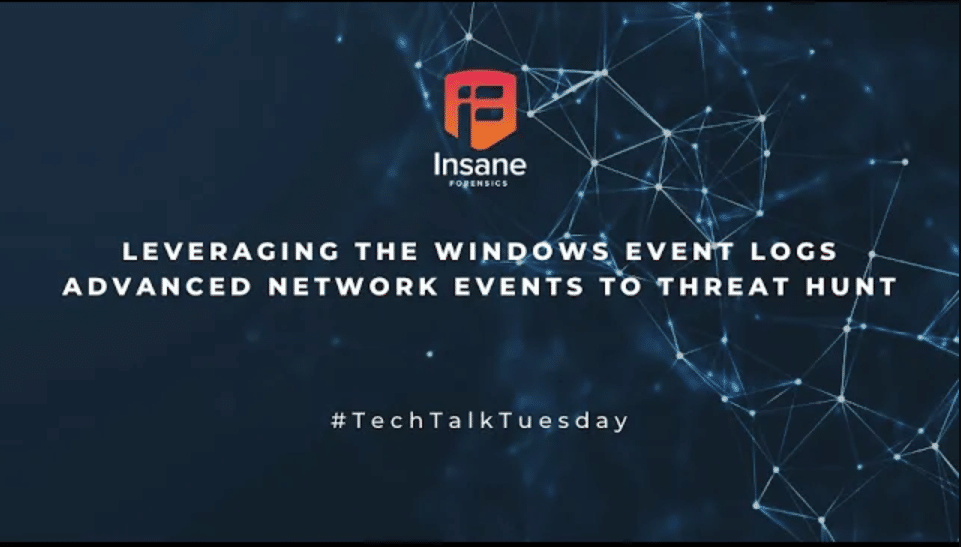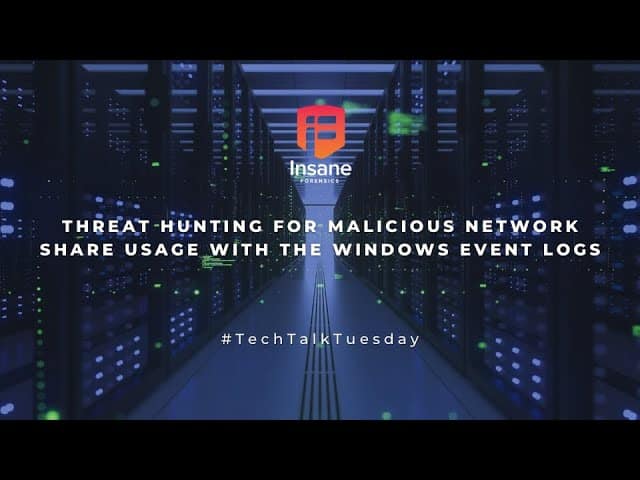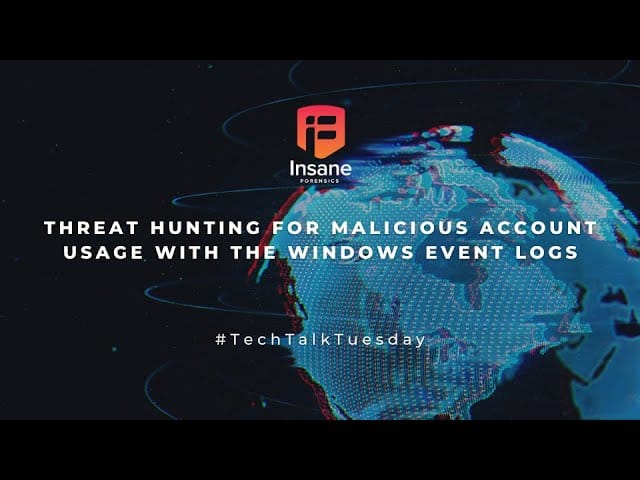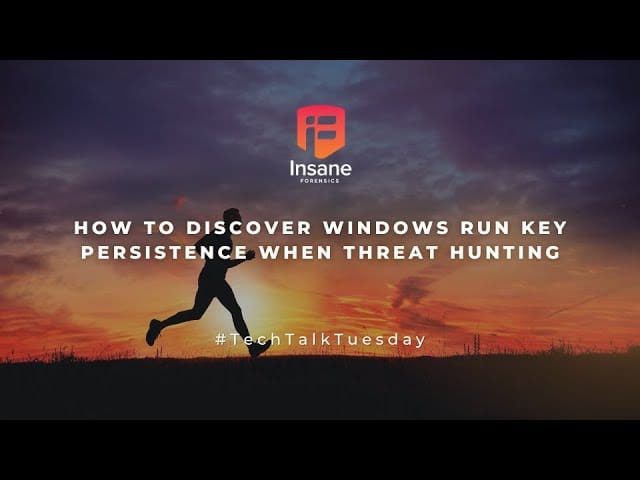How To Use User Agents to Improve Cyber Threat Hunting and Detection

How To Use User Agents to Save The World (And Improve Cyber Threat Hunting and Detection) https://youtu.be/MCzddE8uKCg Your Secret Weapon in Threat Hunting: A Guide to User Agent Analysis In […]
How To Use Window’s Advanced Network Connection Audit Logging to Detect and Hunt for Cyber Attackers

Unlock deep network visibility on your endpoints. Learn how to use the Windows Filtering Platform (WFP) and its advanced audit logs to hunt for stealthy malware and threats.
How To Detect Malicious Network Share Usage With The Windows Event Logs When Threat Hunting

Detect malicious file share activity with our deep-dive guide to Windows Event Logs. Learn to enable advanced auditing and use key Event IDs to hunt for threats like lateral movement and data theft.
How To Threat Hunt for Malicious Account Usage Using the Windows Event Logs

Uncover hidden attackers in your network. Learn to threat hunt for malicious account activity using Windows Event Logs and key event IDs like $4720$, $4798$, and `4738 to stop threats before they escalate.
How to Build a Raspberry Pi Based WiFi Pentesting and Cybersecurity Assessment Kit for Under $100

Learn to build a powerful Wi-Fi pentesting tool for under $100. This guide shows you how to use a Raspberry Pi and Kali Linux for wireless security assessment.
How To Defend Yourself From Cybersecurity Threats When You Can’t Immediately Patch

Slow to patch? You’re not alone. Learn how to implement effective compensating controls and network monitoring to defend against active vulnerabilities, even before a patch is deployed.
How to Threat Hunt For Wireless Network Compromise

Unmask wireless attacks and fortify your defenses! Learn common attack techniques like sniffing and compromise, then discover practical detection strategies using tools like Wireshark and Aircrack-NG. Stay ahead of wireless threats!
How to Respond to Cybersecurity Incidents: Exploring the NIST and SANS Incident Response Models

Learn the difference between the NIST and SANS incident response frameworks. This guide breaks down the essential phases like Preparation, Containment, and Lessons Learned to help you build a stronger cybersecurity program.
How to Discover Windows Run Key Persistence When Threat Hunting

Learn what Windows Run Key persistence is, how attackers use it to maintain access, and discover actionable threat hunting techniques to find and eliminate it in your network.
A Threat Hunter’s Guide to PowerShell Event Logs

Detect malicious activity by learning how to use the three crucial PowerShell event logs: Event ID 400, 600, and 403. This guide shows threat hunters how to analyze these default logs to uncover hidden threats.


